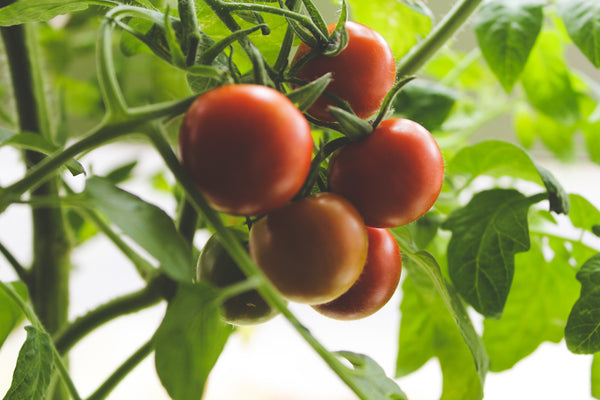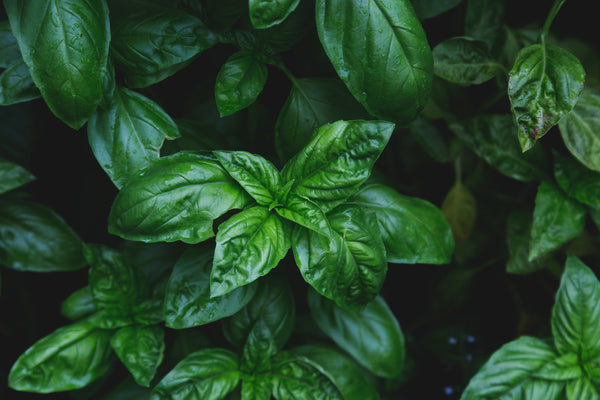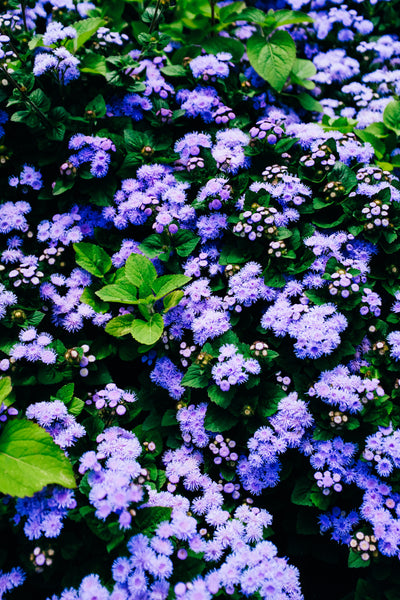All bush and pole beans are high in starch, protein, dietary fibre, and a host of minerals such as potassium, iron, selenium, and molybdenum. Green beans, whether grown on a bush or a vine, are very high in vitamin C and calcium. when reconstituted and cooked, dry beans are very high in starch, protein, and dietary fibre. Follow along with this handy How to Grow Bush Beans Guide and some of your family’s favourite food!
Latin
Phaseolus Vulgaris
Family: Fabaceae
Difficulty
Easy
We Recommend: We recommend Maxibel Organic (BN135) or Conventional Maxibel (BN137). Productive over a surprisingly long time, and very tasty.
For Urban Gardeners: Mascotte (BN103). If you want to grow bush beans in containers, Mascotte is the one. Plants are compact, yet productive, and the beans are delicious!
Season & Zone
Season: Warm season
Exposure: Full-sun
Zone: 3 and warmer
Timing
Direct sow from mid-May to the beginning of July. Try to plant during a warm, dry spell. Soil must be warm – if it is not warm enough, seeds will rot, especially our untreated seeds. Optimal soil temperature: 21-32°C (70-90°F).
Starting
Sow seeds 2-5cm (1-2″) deep, 5-8cm (2-3″) apart, in rows 45-60cm (18-24″) apart. Thin to at least 15cm (6″) apart in each row. If the weather is too wet, beans can also be started in pots indoors and set out carefully a few weeks later. For a continuous harvest, plant at 3 week intervals. Seeds will sprout in 8-16 days, depending on conditions.
Growing
Ideal pH: 6.0-6.5. Well drained, warm soil in full sun is best. Raised beds help with both drainage and warmth. Use 1 cup of complete organic fertilizer for every wm (10′) of row. Too much nitrogen fertilizer is often the cause of poor pod set and delayed maturity. If beans flower but do not set pods, the cause can be zinc deficiency. Try spraying the plants with kelp based fertilizer. Wet leaves on crowded plants are subject to diseases. Thin plants to increase air circulation and avoid touching the leaves while they are wet.
Harvest
Pick beans regularly to keep the plant producing (if pods get fat with seed, the plant will stop flowering). The smaller the bean, the more tender they are.
Seed Info
In optimal conditions a tleast 75% of seeds should germinate. Usual seed life: 3 years. Per 100′ row: 800 seeds. Per acre: 232M seeds.
Diseases & Pests
Aphids – A hard stream of water can be used to remove aphids from plants. Wash off with water early in the day. Check for natural enemies such as gray-brown or bloated parasitized aphids and the presence of larvae of lady beetles and lacewings.
Spider mites (two-spotted) – Wash off with water early in the day. A hard stream of water can be used to remove mites.
Leafhoppers – Small, light green to grey insects that feed on the plant juices, causing stunted growth, and transferring viruses. No cultural control available.
Companion Planting
Beans fix nitrogen in the soil. Plant with beets, Brassicas, carrots, celery, chard, corn, cucumber, eggplant, peas, potatoes, radish, and strawberries. Avoid planting near chives, garlic, leeks, and onions.
More on Companion Planting.



